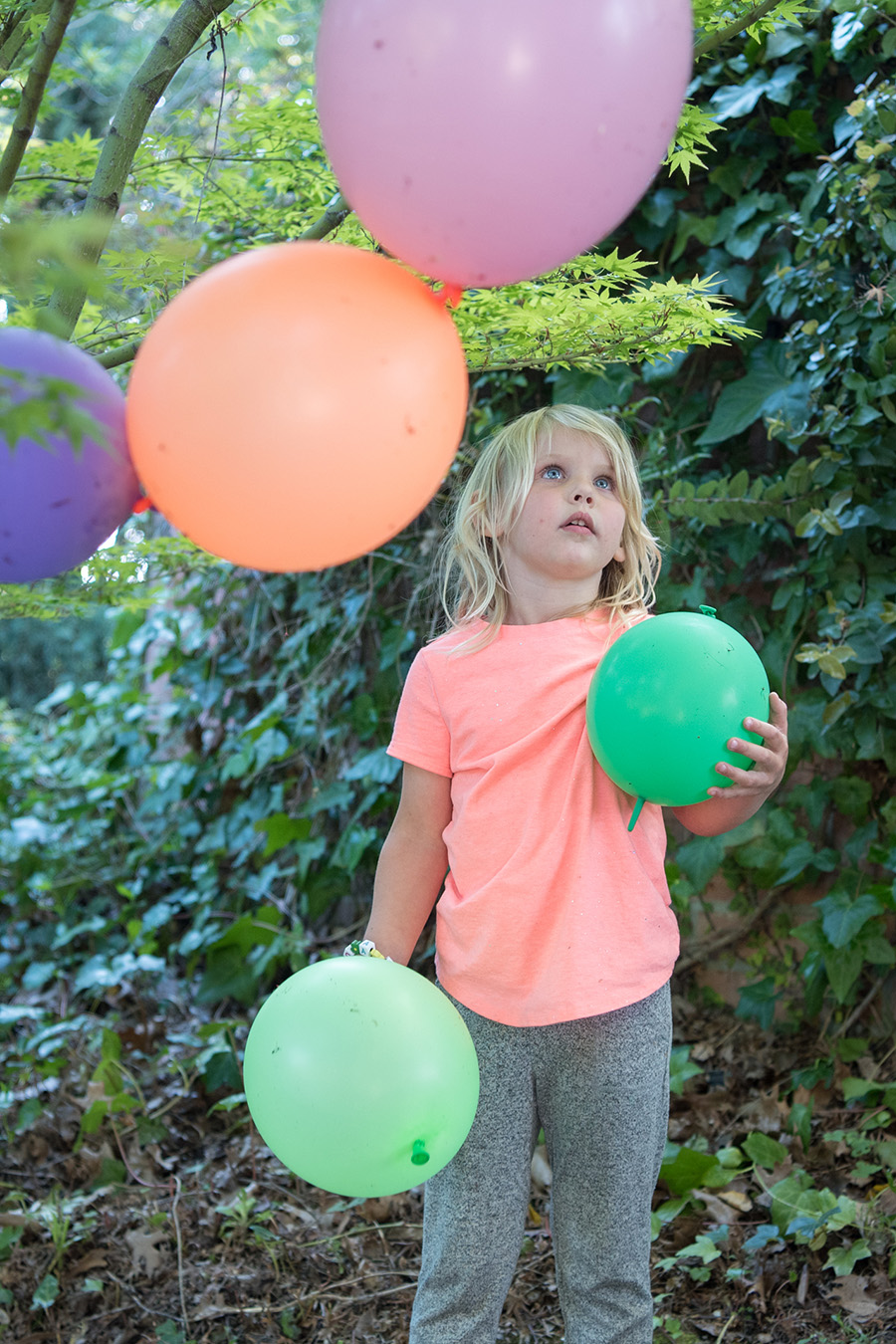Of all age groups, I’ve found working with kids and youth the most rewarding. There’s something about the transition from childhood to adulthood that is so precious and fleeting. There’s virtually no limit on what they can accomplish. But this is also the time when their capacity to learn is at its most vulnerable.
Unsurprisingly, children between the ages of 3 and 5 demonstrate high levels of creativity. Between 8 and 10, kids retain only 32 percent of their previously demonstrated levels. And among 13- to 15-year-olds, the number drops to just 10 percent.
Reasons vary, but the intense pressure to conform, fit in and not stand out is one key factor for the continued loss of creativity. While teens are known for being impulsive risk-takers, within academic circles they tend to be the opposite. They conform to expectations, often work to prepare for the test and avoid actions that may draw attention to them or will cause them to make public “mistakes.”
At CPS, however, we believe that there is creative value in all mistakes. We want to reverse this loss of creativity and boost it forward. And we’re not the only ones who see this as important.

Why kids need creativity
In 2019, a growing number of CEOs reported a struggle to hire employees who demonstrated creative and innovative skills. The workplace shifts of 2020 have further illuminated that what we once thought of as soft skills – compassion, courage and creativity – are actually indispensable attributes for success in a continually changing world.
Knowing this, the CPS approach is really based on the notion of “practice.” We help build the “muscle memory” that allows kids to comfortably lean into the vulnerability of not knowing. Kids need this safe space to practice toward their more desired outcomes.
At the same time, we want to prime them in keeping an open mind toward the possibility of alternative outcomes. This develops their aptitude for what we call “learning to learn.” The benefit of this approach translates across multiple academic, social and emotional contexts. We teach a skill set for how to ask questions, explore possibilities and feel comfortable while doing so.
Developing this is key to feeling a sense of belonging. It’s such an important feeling. It’s no wonder kids cling to fitting in. What would it be like if we encouraged kids how to practice becoming more themselves? What a tremendous seed to plant for a lifetime of growth! There is nothing more essential.
When kids learn how to respond creatively to life, they are empowered with a very special ability to problem-solve creatively. They gain the confidence to navigate without a prescribed outcome.
Creativity is a vital and important literacy that allows kids to respond to life’s challenges and opportunities with daily acts of ingenuity and novel workarounds. It is a heart, mind and body project that serves as a generis to happiness.
Supporting emotional development
At CPS, we support all spectrums of learners, doers and be-ers. We encourage everyone to get their “inner weird” on. By giving them room to discover, this allows kids to be who they really are.
In my work, I’ve learned that everyone feels – a lot more than we like to talk about! Furthermore, feelings are often expressed in our bodies. But when our minds aren’t on the same page, we see bubble up in kids in the form of elation, disappointment, frustration, impatience and anxiousness.
As adults, we have learned to hold emotions in our bodies more discreetly. Yet we feel them there all the time, maybe just as strong as we did when we were kids, maybe even stronger. Emotions accumulate, and it’s important to recognize them, understand and label how they feel, and find healthy ways to respond to them.
We believe emotions should be acknowledged, not avoided, discredited or devalued. They are important connectors and signals that develop creative responses to life. Creativity is a skill that hinges on social-emotional and body awareness.
My life’s work at CPS is dedicated to repairing the way we teach art and how we foster creativity. The enriching lessons of art-making have less to do with technique or end results. It’s more about developing the mind, heart and body to grow our inner courage, get comfortable learning to learn and cultivating different perspectives.
Most importantly, it’s about building a loving point of view towards oneself, which in turn develops a loving point of view towards others. These can all be found in the petri dish of connection and creative responses, if we know how to lean into it.